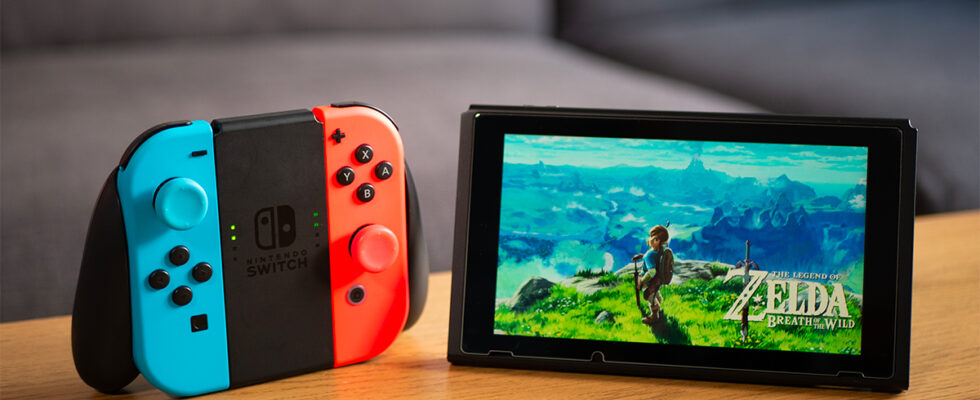The launch of the Nintendo Switch 2 is fast approaching, although no release date has yet been revealed. Before that, however, we already know a little more about the technical characteristics of the console.

Felipe “Necro” Lima, one of the most respected analysts when it comes to Nintendo leaks, has just given a recap of what we already know about the technical sheet of the company’s next flagship console. We’ll call it Switch 2 for now, although that probably won’t be the final name for the device.
What is almost certain is that the Nintendo Switch 2 will be powered by an Nvidia Tegra 239 chip, as the company unfortunately revealed several years ago now. The chip will benefit from a 4nm engravingand should be accompanied by 12 to 16 GB of LPDDR5 RAM (at 102 GB/s or 88 GB/s). What is interesting is that the console would not offer not the same performance in nomadic or docked mode.
Also read – The Nintendo Switch 2 would not be the revolution expected by players, a disappointment in sight?
What we know about Nintendo Switch performance
According to Felipe Lima, the 8 A78C CPU cores and GA10F GPU, a derivative of the Nvidia RTX 3000 series, are expected to offer higher performance than the Steam Deck. It should be expected a power of 3.5 to 4.5 TFLOPS if the console is on its dock, and 1.7 to 2 TFLOPs in portable mode. So it’s a bit more than the Steam Deck, which offers around 1.6 FLOPS.
Given the format of the console, we are therefore still obviously very far from the performance of a PS5, which reaches 10.28 TFLOPS, but Nintendo would have tips to make up for it. The Japanese company should notably use a SysLC cache, with 256 GB or 512 GB UFS 3.1 memory, and games should benefit from 3D-NAND technology to significantly increase the storage available on cartridges.
In terms of the screen, the Nintendo Switch 2 would rely on an 8 inch slab, a little more than the 7 inches of the Switch OLED. It would nevertheless be a slab 60Hz LCD. In return, we would be entitled to a increase in definition, moving to FHD. The console would also be powered by a battery offering several hours of battery life, but this should be lower than the OLED model.
Source: universonintendo
